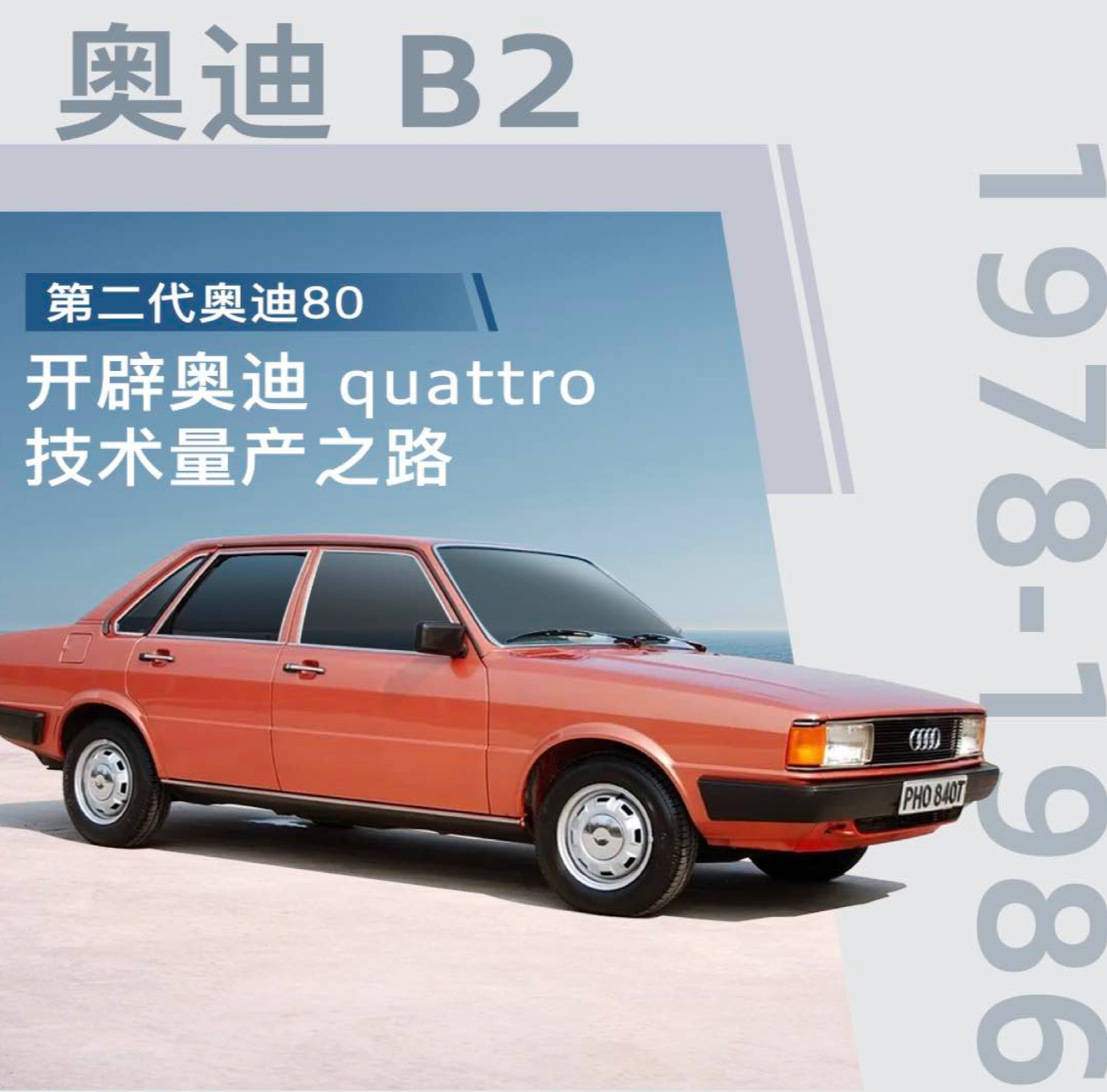
The car industry has been very lively recently. From price wars to wars of words, from exposing each other's past to reporting to higher authorities. In fact, the essence of creating opposition is the struggle for market discourse power. This struggle exists not only between new and old forces, but also between old traditional car companies and new forces. New forces are keen on competing in superficial parameters such as computing power, battery life, and sofa softness; traditional car companies compete in quality and system strength; and new forces and traditional car companies often use the argument of creating oil-electric opposition to show that the latter is "not doing well anymore".
In the eyes of the public, the drama of competing for superiority is never as eye-catching as the conflict and opposition. Therefore, the binary argument of "electric is the future, fuel is antique" has engulfed the automotive industry. Luxury and classic are being simplified into a mindless energy team. However, looking back on the century-long journey of the automotive industry, the real innovators never limit themselves in the technical route, but only look for answers in user needs.
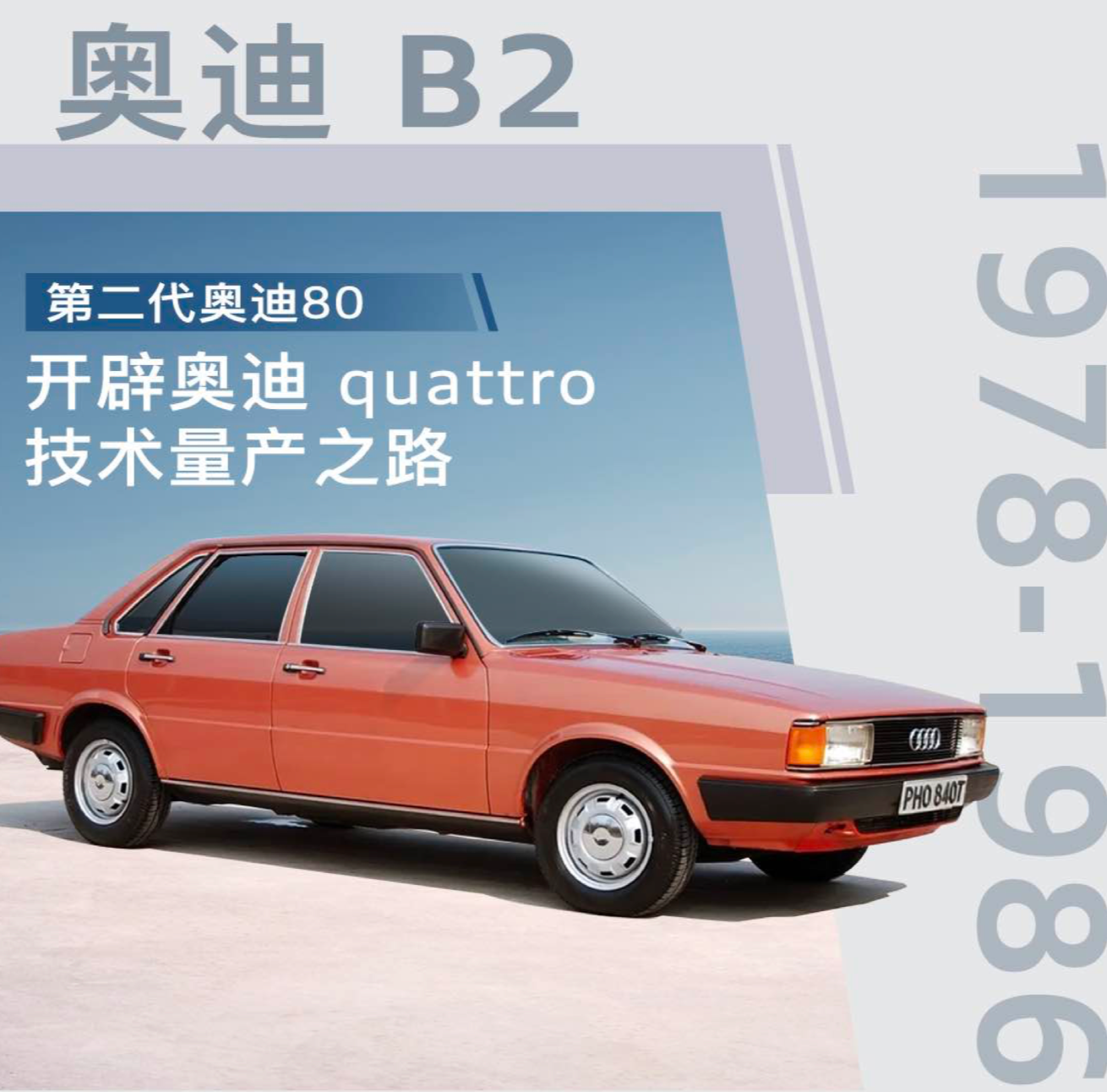
From the first generation of Audi 80 in 1972, which shocked the industry with its fuel injection technology, to the Audi 80 quattro in 1983, which brought four-wheel drive technology to mass-produced cars for the first time, every evolution of Audi B-class cars has broken the boundaries of technological cognition at the time. Now, this boundary-breaking gene has been awakened again in FAW Audi A5L.
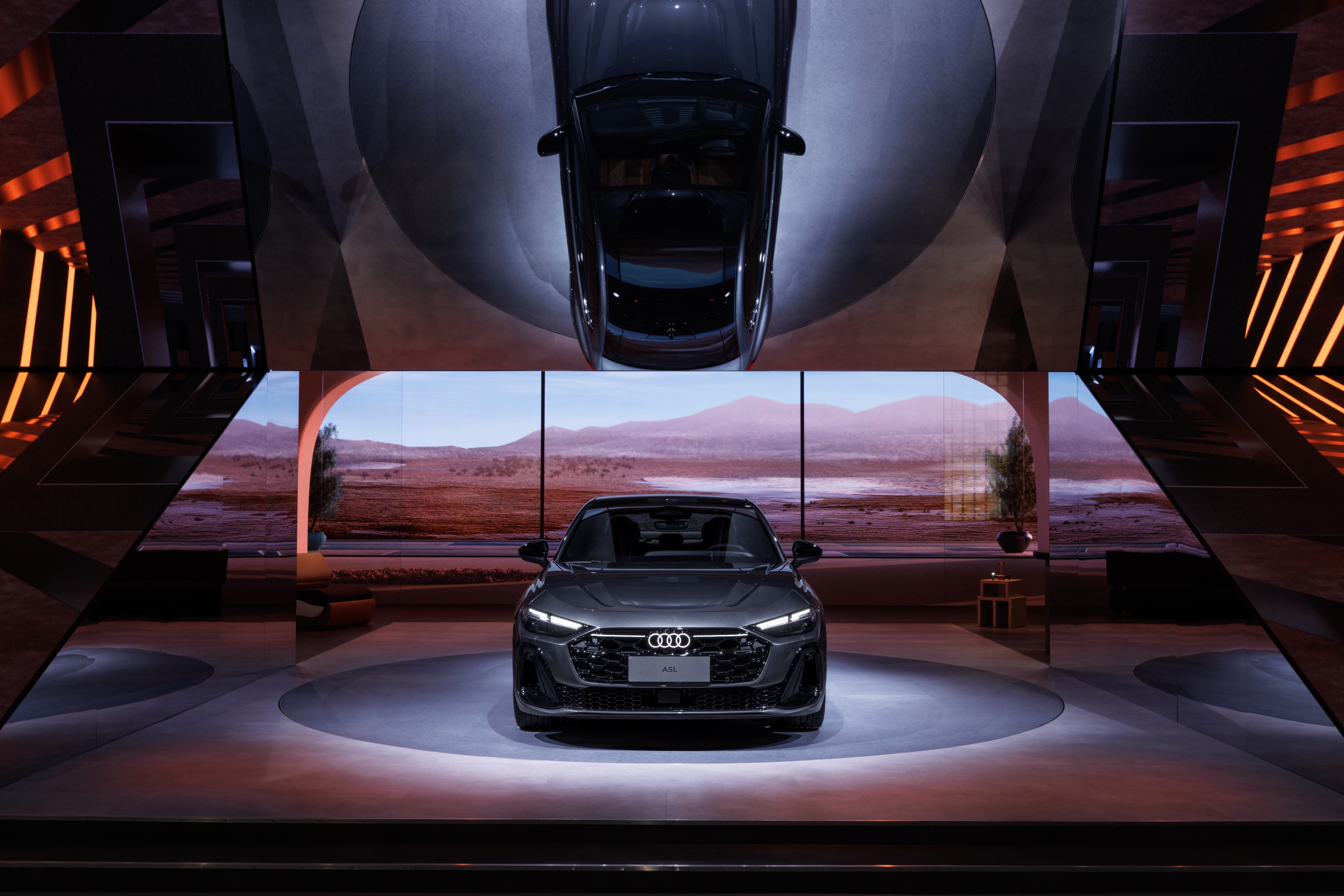
At the "Design Shanghai 2025" exhibition, FAW Audi A5L made a stunning appearance. In the day and night changes presented by the 270° surround LED digital canvas, this car evoked the resonance between people and objects that "every moment is inspired by design". And FAW Audi A5L's inspiration to the world goes far beyond this.
Technological breakthrough: Three answers given by FAW Audi A5L
FAW Audi A5L at least answers three major mysteries in the current automotive industry: Is there a contradiction between design and practicality? Can performance and efficiency be achieved at the same time? Are fuel vehicles less intelligent than electric vehicles?
When the extended wheelbase becomes the default rule in the luxury car market, FAW Audi A5L redefines the "aesthetics of size" with a wheelbase of 2969mm. Designer Jakob Hirzel extracted genes from the "beauty in use" philosophy of the 1986 Audi B3 generation, and evolved the cheetah teardrop into a scoop-shaped cutout on the hood. This is not only a decorative element that pays tribute to animal bionics, but also an optical engineering verified by the wind tunnel. Its specific curvature can disperse the glare of the front windshield during high-speed driving, and transform safety needs into visual symbols. The precise calculation of the double golden ratio of 0.618 aspect ratio + 0.604 axis ratio makes the 77mm wheelbase increment disappear in the wide body curve of the quattro wheel arch and the sloping back curve of the same origin as the Audi TT. While the rear knee space is expanded, the drag coefficient is reduced. The lengthening of the Audi A5L is not to please the market, but to reshape the coupe gene with German precision calculations. Let the quattro lines coexist with the long wheelbase, and pragmatism and aesthetic declarations dance together.

This dialectical unity of function and form is also reflected in the second-generation digital OLED taillights. 364 light-emitting units form a pixelated canvas. When the automatic parking system is activated, the taillights instantly generate a dynamic triangle warning symbol, converting mechanical movements into optical language and greatly enhancing safety. This is another manifestation of Audi's "form follows function".
The evolution of Audi B-class cars is essentially an epic of technological pragmatism. In terms of the contradiction between energy efficiency and performance, FAW Audi A5L embodies the vision that "technological progress will inevitably break the antinomy". The VTG variable-section turbine technology inherited from the Porsche 911 adjusts the turbine cross-sectional area in real time through adjustable guide vanes. At low speeds, the cross-section is reduced to increase the exhaust gas flow rate and completely eliminate turbo lag; at high speeds, the cross-section is expanded to maintain the efficiency of the supercharger, making the EA888 Evo5 engine significantly improved compared to the previous generation.
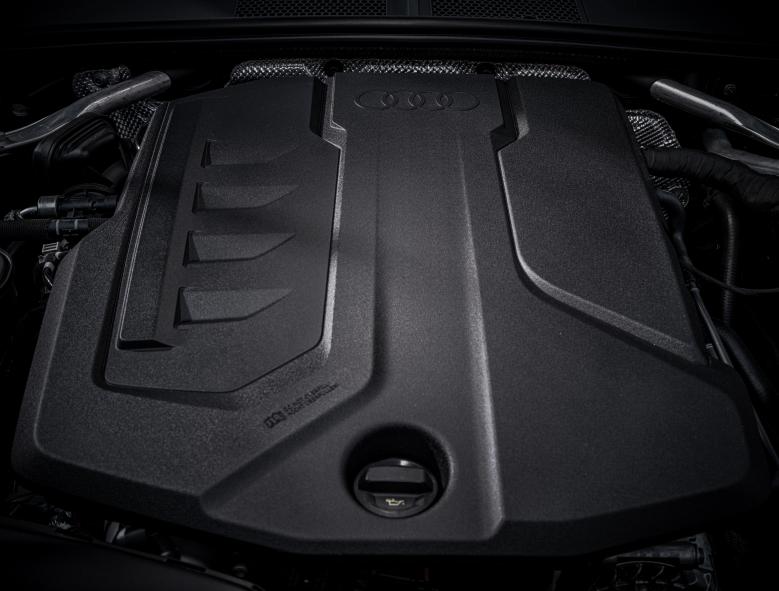
EA888 Evo5 engine
Audi's dual-motor all-round intelligent hybrid technology (MHEV plus) innovatively adopts the P0+P3 dual-motor architecture, which means that this system is not an auxiliary role, but the second heart of the power system. It can be driven purely by electricity at the start, eliminating the feeling of weakness at low speeds of traditional fuel vehicles. In the rapid acceleration scene, the motor perfectly fills the engine torque window and achieves stepless acceleration like an electric car. Even more amazing is the 25kW energy recovery rate. This system developed by Audi's Ingolstadt Power Laboratory reduces fuel consumption during intense driving. Mechatronics is not a transitional solution, but the contemporary optimal solution to the German performance philosophy.
In terms of intelligence, new forces like to promote the theory that gasoline cars are outdated, but FAW Audi has proposed "oil and electric cars are equally intelligent". The latter never actively attacks its competitors or takes sides. The underlying logic of its proposal is that whether consumers choose gasoline or electric models, they can enjoy the same level of industry-leading intelligent configuration and services. As for what others think, it has nothing to do with me.
The latest E³ 1.2 electronic and electrical architecture on the FAW Audi A5L is the cornerstone for realizing oil-electric intelligence. The architecture has been upgraded from a traditional distributed electronic architecture to an advanced domain controller electronic architecture, featuring high computing power, high bandwidth, high security, and high scalability.
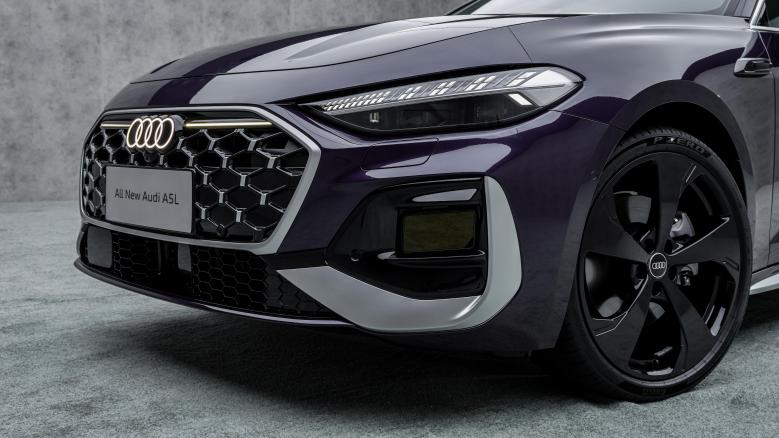
With the E³ 1.2 electronic and electrical architecture as its nerve center, FAW Audi A5L is the first to achieve full-domain OTA on a fuel vehicle platform. The laser radar equipped with Huawei Qiankun Intelligent Driving® technology adopts an embedded layout and an innovative constant temperature self-cleaning system, which not only ensures that the sensor is kept clean in harsh environments such as rain, snow, and mud, but also solves the problem of sensor failure caused by high temperature/vibration in the engine compartment of fuel vehicles.
The series of cutting-edge technologies carried by the A5L are enough to prove that the true meaning of intelligence lies not in the form of energy, but in the system's compatibility and coordination capabilities. The laser radar and the EA888 Evo5 engine coexist on the PPC platform, and fuel vehicles have obtained "full sensory intelligence" for the first time.
The integration of E³ 1.2 electronic and electrical architecture + Huawei Qiankun Intelligent Driving® technology is not only significant in making FAW Audi A5L highly competitive in terms of intelligence, but also in that it marks the end of the joint venture model of "German-led, Chinese-assembled" in the era of fuel vehicles. Handing over the definition of key intelligent systems of vehicles to Chinese partners is an important milestone for Audi to truly move towards local co-construction. For Audi, the intelligent experience and practice gained from China can also feed back to Audi's global automotive map, which is a win-win situation.
Fear of the unexpected: FAW-Audi's long-term creed
Excellent products are a necessary condition for success, but not a sufficient condition. Emerging companies are good at chasing trends, but traditional giants aim for long-term sustainable operations, and they need the strength and determination to cross cycles. The underlying logic is different, and the two have different styles of doing things. For emerging companies, trends are fleeting, and products must be launched quickly, even if they are not fully verified. It is okay to seize the market first and then patch them. For traditional car companies like FAW Audi, the trend is not as strong as the user reputation, and the product is not as fast as the product verification, because what they think is, I am responsible for product quality, user experience, corporate reputation, and industry development.
Amid the clamor of "software-defined cars", FAW Audi still sticks to the 48-month PEP product development process, which is almost a spiritual asceticism against the times. From frozen design to mass production and listing, the A5L has undergone multiple rounds of "freeze-thaw" cycles. Digital twin simulation is only the first step in testing. After that, hundreds of prototype vehicles will be produced for bench testing. After that, go deep into extreme environments, such as the 70℃ hot melt road surface in Turpan, such as the ice and snow in Heihe at minus 40℃, for testing. This is far from over. Belgian roads, salt water corrosion, electromagnetic compatibility and radiation resistance, repeated impact of the car body with a hydraulic press for torsion resistance testing...
The body structure of FAW Audi A5L can support more than 6.04 times the vehicle weight, exceeding the 50% safety margin of the CIASI G standard.
Just the deployment process of an airbag requires strict compliance with Volkswagen Group's 205 tests in 45 scenarios (the national standard only has 13 categories) to test aerodynamic stability and avoid accidental explosions.
All these tests on the FAW Audi A5L are due to FAW Audi's fear of "what if". When new forces use OTA to cover up hardware defects, Audi chooses to exhaust all "what ifs" before mass production.
With 37 years of deep cultivation in the Chinese market, FAW Audi has continuously introduced the latest technology, adhered to the localized R&D concept based on the original German exquisite craftsmanship, fully met the preferences of Chinese consumers, and ensured that its products are always in the leading position in the industry. From the advent of the first extended Audi A6L in 1999 to the launch of the new Audi A6L in March 2012, the extended exclusive configuration opened the "China exclusive" era of automobile design. Then to the A5L, China's smart manufacturing is realized and fed back to the world, so that overseas users can also share the technological progress brought by Audi's partners in China.
Rebuilding the luxury industry amid disruption
When the automobile industry is waving its flag and shouting in the tide of internal circulation, FAW Audi A5L responds with a silent technical declaration. Luxury is never about the change of energy forms, nor is it the values displayed in the war of words, but lies in loyalty to users. From B1 to B10, from Audi 80 to A5L, the evolutionary trajectory of ten generations of models reveals that disruptors must dare to break the prejudice that fuel vehicles are not smart, and also have the courage to say no to the fallacy that "lengthening means compromise", and even more need to recast the driving soul in the integration of mechatronics.
This B+ class car, which was born in China but inherits global wisdom, has already surpassed the scope of transportation. It is a technical solution submitted by traditional luxury brands to the new world, and a living declaration of the oil-electric co-development strategy. The significance of this car has surpassed the scope of luxury fuel vehicles. It is a mirror handed by FAW-Audi to the Chinese automobile industry: reflecting the awe of user needs, the adherence to the belief in quality, and the pursuit of technological tolerance. When the light of the beacon penetrates the fog of debate, a more mature luxury era is coming.